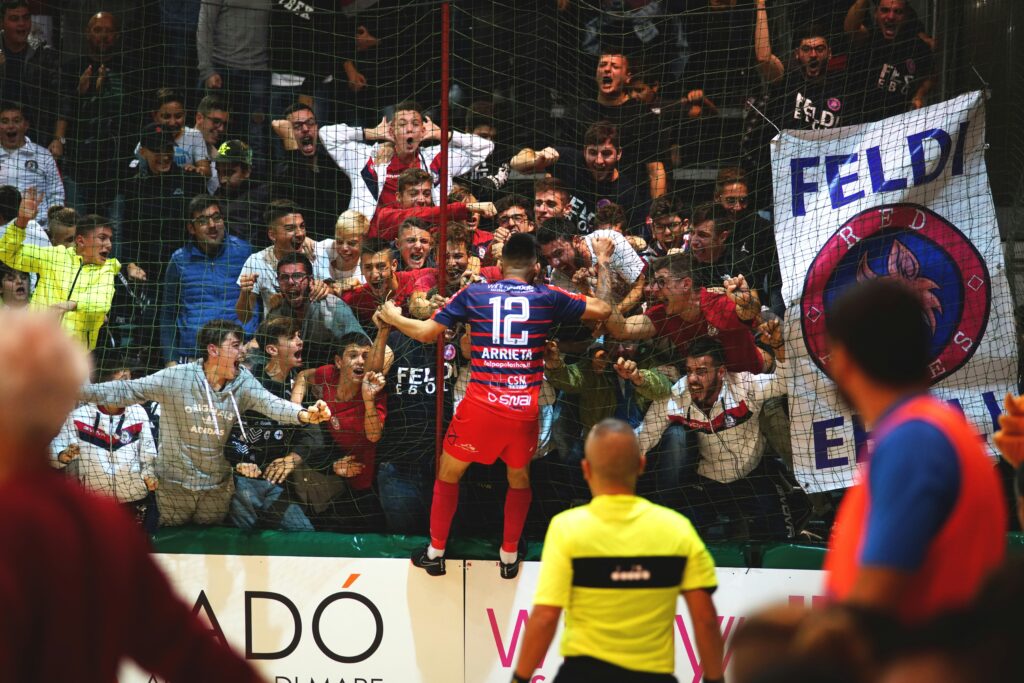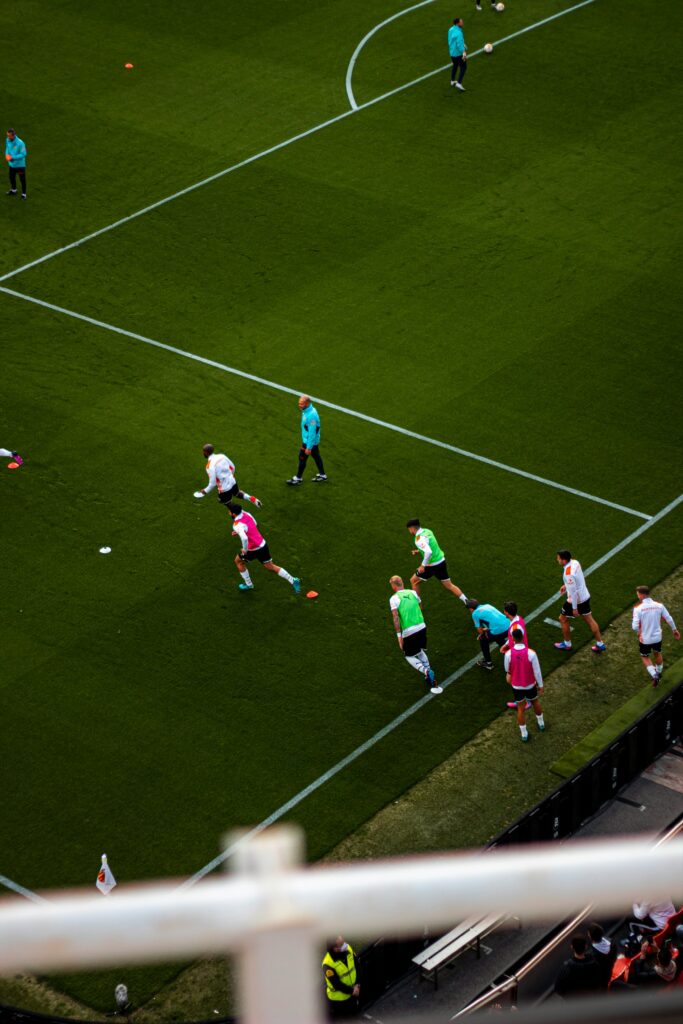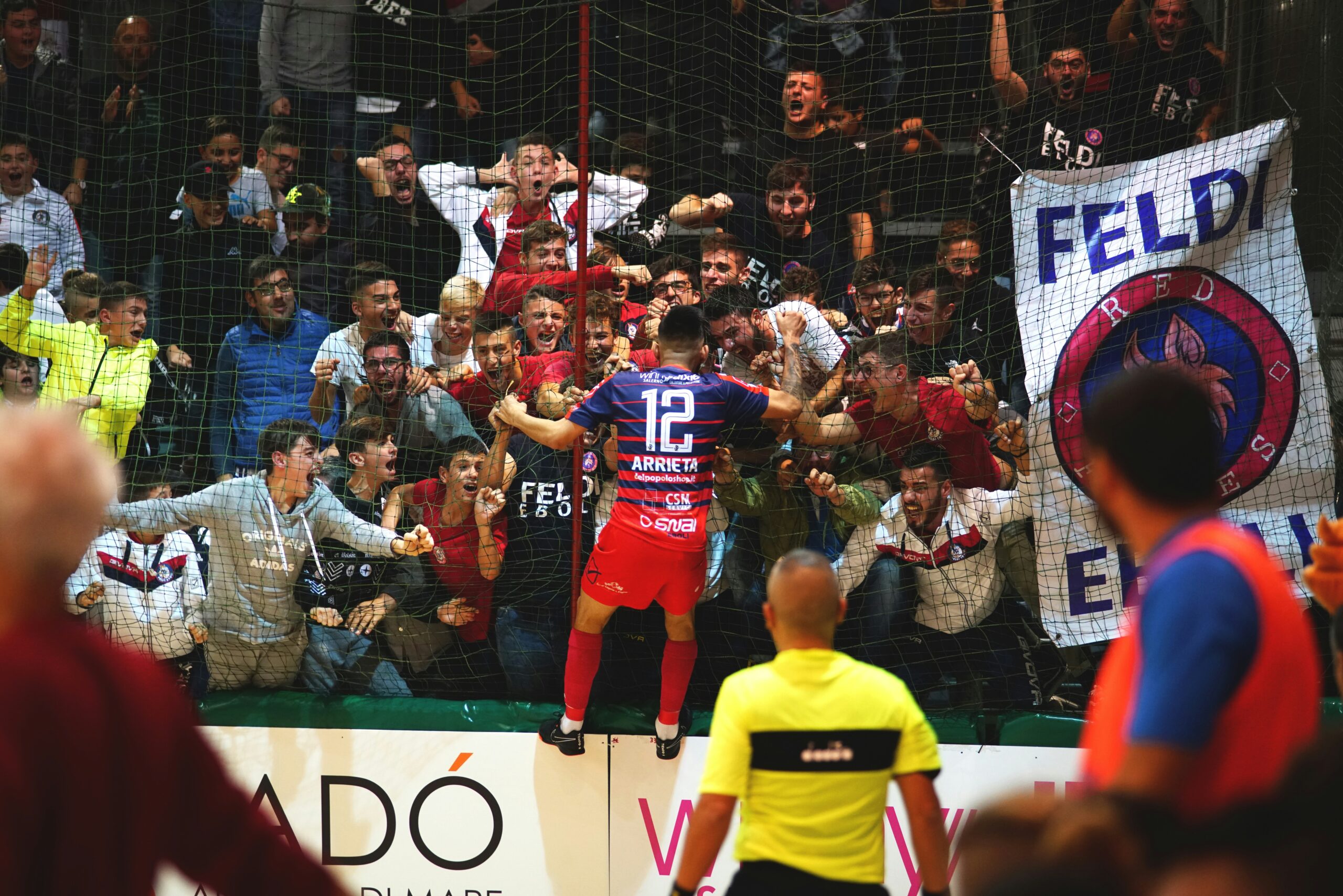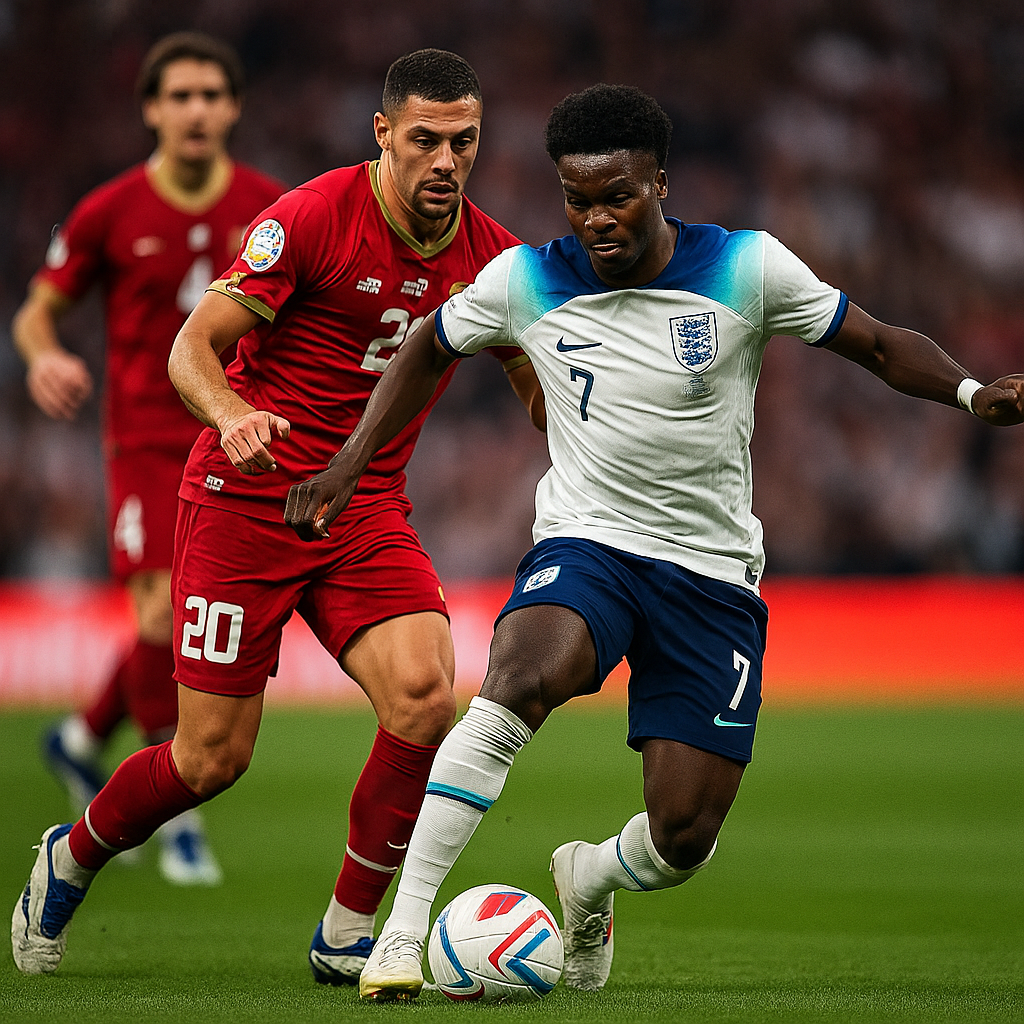Premier League dominance
Premier League dominance is no longer just a trend—it’s the defining story of Europe’s elite this season. For the second time in the current Champions League league phase, five English clubs won in the same round of fixtures, laying down a marker to the rest of the continent. Arsenal, Liverpool, Manchester City, Newcastle and Tottenham all took maximum points this week, while Chelsea’s draw against Qarabag still keeps them very much in contention at the halfway point.
This collective surge, coupled with commanding underlying numbers and a deep talent pool across squads, has revived a familiar question with fresh urgency: Are English clubs on course to dominate the Champions League—and could we be heading for another all-English final?
In this in-depth analysis, we break down what’s driving this extraordinary form, what the numbers really say, which rivals can challenge England’s current edge, and how far this Premier League wave can carry into the knockout rounds.

What’s happening right now—and why it matters
- Five wins out of six for Premier League clubs in one round isn’t a novelty anymore; it’s a pattern. No country had achieved five wins in a single round before this season. England have now done it twice.
- Arsenal have been impeccable so far in Europe, winning all four of their league-phase games without conceding. They share a perfect record with Bayern Munich and Inter Milan, while outscoring most of the field.
- English clubs as a group have posted elite metrics: the highest number of wins, the most goals, and one of the stingiest defensive records among major nations represented.
The rest of Europe still matters—and Bayern are blazing—but the collective evidence suggests that this season’s Champions League is being shaped by Premier League power more than any other factor.
Table of contents
- Premier League dominance by the numbers
- Why England looks like Europe’s “super league”
- The finances behind Premier League dominance
- Coaching, analytics and infrastructure: England’s edge
- How the new Champions League format amplifies depth
- Could a record six English clubs reach the knockouts?
- Who else looks like a serious contender?
- What points total is needed for the top eight—and why it matters
- Who has the best shot to win it all?
- The knockout truth: why favorites can still fall
- All-English final odds—and the most likely final
- Tactical trends fueling the English surge
- Squad depth, injury management and relentless scheduling
- The rest of Europe’s response
- What to watch next: fixtures, storylines, and tipping points
- Key takeaways
- Sources and further reading
Premier League dominance by the numbers The current Champions League season has given English sides a rare platform: six representatives in the league phase. The response has been emphatic. In aggregate:
- English clubs have amassed more wins than any other nation’s entrants.
- They lead the goalscoring charts as a bloc, with a notable margin over their nearest challengers.
- Defensively, they’ve conceded few, with only one country’s teams performing marginally better on goals against—despite that nation having fewer clubs in the competition.
Zooming in:
- Arsenal: Four wins from four, zero goals conceded, and 11 scored. The Gunners share top billing for perfect records with Bayern Munich and Inter Milan.
- Manchester City: Strong results and performances that mirror their domestic control—territorial dominance, chance creation, and high press efficiency.
- Liverpool: Serious momentum and a familiar capacity to swing big games with intensity and transitions.
- Newcastle: High-intensity, high-press matches that make them an awkward draw for anyone.
- Tottenham: A dynamic approach with enough chance creation to trouble elite opponents.
- Chelsea: A surprise draw with Qarabag aside, their trajectory remains firmly in the qualification mix.

This isn’t just anecdotal dominance. It’s documented in outcomes, goals and goal prevention—exactly the blend that historically underpins successful European campaigns.
Why England looks like Europe’s “super league” Call it gravitational pull. The Premier League’s combination of broadcast revenue, global reach, and commercial muscle has produced something close to a “super league” effect—without a breakaway. Clubs can:
- Retain and attract top coaching talent.
- Assemble deeper squads with interchangeable high-quality options.
- Invest heavily in sports science, analytics and infrastructure that compound small advantages over a long season.
One prominent observer of Spanish and European football recently characterized England’s current position as the de facto super league of Europe. That encapsulates the contrast: while a handful of continental giants remain formidable, England’s strength is distributed across multiple clubs, and that density matters.
The finances behind Premier League dominance The money matters, and not just at transfer windows. Broadcast deals underpin the ability to pay higher wages, bankroll deeper benches, and fund elite support teams across medical, data, and performance departments.
Key financial realities:
- Premier League television rights generate unmatched recurring income compared with other European leagues, spreading wealth across more clubs.
- Summer transfer outlay has been extraordinary by any measure. Reports this year indicated spending eclipsed £3bn, with England’s top tier outspending the Bundesliga, La Liga, Ligue 1 and Serie A combined.
- Deeper budgets mean more top-level rotational options, which is critical in the Champions League’s new marathon-style league phase.
Arsenal’s summer rebuild is emblematic: targeted recruitment to strengthen multiple phases of play has made them not just competitive but imperious in Europe so far, with clean sheets and robust chance creation underpinning the results.
Coaching, analytics and infrastructure: England’s edge Premier League dominance isn’t only about chequebooks. It’s the ecosystem: world-class managers, data-driven scouting, specialised set-piece coaches, and performance departments that turn marginal gains into match-winning edges.
Consider the pillars of England’s competitive advantage:
- Elite managerial cohort: Multiple Champions League winners or finalists on the touchline every week.
- Analytics real-time integration: Opposition tendencies, rest-defense shapes, press triggers and set-piece micro-plays are all codified and rehearsed.
- Specialist staff: From throw-in specialists to sleep scientists, squads maximize recovery and repeat high-intensity efforts more often.
- Infrastructure: Newly built or upgraded training grounds and medical facilities compress return-to-play timelines and reduce soft-tissue injury risk.

In a league phase where the volume of high-stakes fixtures increases, these structures matter as much as star players.
How the new Champions League format amplifies depth The Champions League’s shift to a single league phase rewards teams built for endurance and adaptability. The primary impacts:
- More opponents, more variety: Teams face a broader spectrum of playing styles, from press-resistant possession sides to direct transition outfits.
- Higher volume of meaningful games: The path to the top eight is unforgiving; there’s little room for complacency.
- Depth is decisive: Managers need rotation without drop-off, and solutions from the bench that change game states.
Premier League dominance fits this mold. English clubs can rotate internationals without compromising quality, manage workloads to peak in late winter and spring, and keep performance levels stable across different tactical matchups.
Could a record six English clubs reach the knockouts? This season, six English teams entered the league phase. It would be unprecedented if all six advance.
Model projections put the leading trio in near-lock territory:
- Arsenal: 99.8% probability of progressing to the knockouts.
- Manchester City: 97.4%.
- Liverpool: 95.5%.
The remaining three still hold healthy chances, even if a touch lower:
- Newcastle: 82%.
- Chelsea: 80.8%.
- Tottenham: 72%.
These estimates reflect both results so far and the projected difficulty of remaining fixtures. They also capture the strategic advantage of clean sheets, goal difference, and head-to-head leverage in qualifying thresholds.
Who else looks like a serious contender? Bayern Munich are exactly what their results say: ruthless. They’ve scored more than anyone so far, and Harry Kane’s form—five goals in four league-phase games—adds world-class finishing to an already efficient machine. Inter Milan, too, have matched Arsenal’s perfect record and carry the hallmarks of a team comfortable controlling tempo.

Elsewhere:
- Paris Saint-Germain remain volatile yet dangerous. Their ceiling in a two-legged tie remains high.
- Real Madrid never fade from the conversation: in-game control, elite muscle memory in the competition, and match-winners all over the pitch.
- Barcelona and Borussia Dortmund have outscored most of the field; both can hurt anyone when they click.
- Qarabag have been the surprise package of the league phase, drawing with Chelsea and collecting seven points—proof that tactical discipline and belief can tilt margins against richer clubs.
What points total is needed for the top eight—and why it matters Last season, around 16 points was sufficient to secure a top-eight finish and automatic passage to the round of 16. That translates to roughly five wins across eight league-phase matches.
For the play-offs (places 9-24), the bar is considerably lower. The final spot last season came in around 11 points, with three wins plus draws proving enough. This matters tactically:
- Clubs with early wins can manage risk: rotating to preserve legs and protect leads.
- Teams chasing late must open up, which often benefits deeper squads with fresh bench options.
Premier League sides, by virtue of their starts and depth, are positioned to exploit these dynamics.
Who has the best shot to win it all? It’s early, but the models are converging on a clear picture:
- Arsenal lead many predictive tables with a 23.4% chance of lifting the trophy, reflecting perfect results, underlying metrics and a well-balanced squad.
- Manchester City remain in the top tier of contenders at 12.5%, combining control with know-how.
- Liverpool are not far behind at 11.3%, with their capacity to raise intensity in high-leverage minutes still a defining trait.
Numbers aren’t destiny, but they describe trajectory. Arsenal’s blend of defensive solidity and attacking variety—wide overloads, late runs, set-piece threat—explains their edge in the simulations.
The knockout truth: why favorites can still fall Premier League dominance is real, but knockout football has its own logic. One poor 20-minute spell, a red card, an injury to a fulcrum player—everything changes. It’s why pundits remain cautious.
- A former Liverpool midfielder noted recently that dominance in the league phase can be misleading; all it takes is a tough draw or an off-night to undo months of good work.
- An ex-Everton captain echoed the point: Europe’s serial winners often surface in the knockouts, where pressure, experience and game-management trump early-season sparkle.
These aren’t clichés—they’re proven patterns. The best English teams mitigate the risk by targeting control: pressing triggers, rest-defense coverage, and planned substitutions to stabilize game states if momentum turns.
All-English final odds—and the most likely final History offers precedent. England has produced all-English Champions League finals in 2007-08, 2018-19 and 2020-21. Given the current trajectory, it’s fair to ask whether we might see another.
Model-based outlook:
- The single most likely final at this point pairs an English club with a German club.
- Arsenal are currently the most likely finalists from England (38.8% to reach the final), with Bayern Munich leading the German contingent (27.3%).
That pairing reflects the underlying balance of power: England’s collective might against Germany’s strongest standard-bearer.
Tactical trends fueling the English surge Premier League dominance isn’t just financial; it’s tactical. Three trends stand out across the top English clubs in Europe:
- Pressing with protection
- High presses are designed with secure rest-defense structures to prevent counters. City and Arsenal, in particular, hold a spare and close central lanes, forcing play wide and reclaiming possession in repeatable patterns.
- Variation in chance creation
- English clubs are mixing controlled possession with direct vertical play. You’ll see quick diagonal switches to isolate wingers, third-man runs through compact blocks, and late-arriving midfielders attacking the box.
- Set-piece supremacy
- Dedicated set-piece coaching shows in near-post screens, second-phase shots from cutbacks, and smart decoy movements that unpin zonal systems. In tight European games, these routines convert draws to wins.
Squad depth, injury management and relentless scheduling Depth turns theory into points. The league phase tests:
- Minutes management: Rotations that keep intensity high without structural drop-off.
- Injury resilience: When a starter is absent, the reserve is often an international-caliber player.
- Fixture congestion: Domestic cups, league races and Europe create tight turnarounds. English clubs increasingly leverage data-led training loads, sleep optimization and recovery protocols to maintain peak output.
This is where budgets multiply into competitive edges. Deep squads aren’t just luxuries; they are a prerequisite for sustaining form from autumn through spring.
The rest of Europe’s response It would be naive to think the rest of Europe are bystanders. Threats remain real:
- Bayern Munich: Ruthlessly efficient, with elite finishing and a tactical core that can suffocate games.
- Inter Milan: Compact, organized, and masters at flipping transitions into high-quality chances.
- Real Madrid: Built for knockout mastery; their ability to control pace and punish mistakes is unmatched.
- Paris Saint-Germain: Volatility aside, their star power and transitional punch can obliterate game plans.
In the middle tier, clubs from Italy and Germany are refining identities that travel well in Europe—compact shapes, point-press mechanisms, and mechanical set-plays. Meanwhile, some Spanish giants are rebuilding, and their eventual re-ascent could reset the balance again.
Premier League dominance and the league phase: why format matters The Champions League’s league phase rewards consistency and squad intelligence:
- Opponent diversity: Press-resistant sides one week, deep-block specialists the next.
- Reward for margin: Big wins and clean sheets fortify tiebreakers and seedings.
- Play-off jeopardy: Finishing between 9th and 24th introduces a two-legged hurdle before the round of 16—a risk top-eight teams avoid.
Premier League dominance is, in part, being amplified by this format. English clubs are better resourced to meet that week-by-week challenge.
Team-by-team snapshot: English entrants
- Arsenal: A perfect start, no goals conceded, and double-digit goals scored. Their defensive structure travels well, while their attack layers wide combinations with late box entries. They look prepared for both heavy-metal matches and surgical control.
- Manchester City: Methodical and relentless. Tempo modulation is their superpower—accelerate, suffocate, score, then deny oxygen. Still among the most adaptable sides in Europe.
- Liverpool: Transitional thunder remains their calling card, but there’s more control now, making them harder to disarm in two-legged ties.
- Newcastle: Physical, well-drilled, and brave in the press. They turn high-tempo contests into duels they like.
- Tottenham: Verticality and fluid rotations create repeated chances. Defensive stabilization will be key as the season deepens.
- Chelsea: A misstep at Qarabag but otherwise well-placed. As their chance conversion improves, their ceiling rises.
What to watch next: fixtures, storylines, and tipping points
- Arsenal’s pursuit of the top eight: With a perfect start, the Gunners are not just qualifying—they’re targeting a top-two seeding, which can shape a friendlier path deep into spring.
- Manchester City’s gear-shifts: Their ability to kill games off early conserves energy for the run-in.
- Liverpool’s late-game punch: Fitness and substitutions can swing tight contests in their favor.
- Newcastle and Tottenham’s margins: If both continue creating high-value chances, their odds of automatic qualification improve sharply.
- Chelsea’s conversion logic: A few more clinical moments will turn draws into wins and elevate their ranking position.
Risks on the horizon:
- Fixture density peaks post-winter: Injuries and suspensions start to bite in February and March.
- Draw volatility: One bad matchup can flip a contender into a coin toss.
- Psychological pressure: Favorites carry expectations; one concession can trigger panic if game models don’t allow for calm resets.
Key takeaways
- Premier League dominance is measurable and structural: more wins, more goals, deeper squads, and better resourcing across coaching and support teams.
- The new Champions League format magnifies those advantages by demanding consistency, rotation quality, and tactical versatility.
- Bayern and Inter are the most credible non-English threats right now; Real and PSG lurk with knockout upside.
- Projections favor English progress en masse, with Arsenal, City and Liverpool close to locks for the knockouts.
- An all-English final is plausible, but the single most likely final pairs an English team with a German one—Arsenal and Bayern currently lead the probability tables.
- Knockouts are ruthlessly unpredictable. Dominance today doesn’t guarantee silver tomorrow—but it sure improves the odds.
Final thought: Can Premier League dominance deliver the big trophy? Everything points to a season where English clubs will shape the late stages of the Champions League. The balance of power could still shift in spring—injuries, draws and variance will have their say—but the foundations are unusually solid across multiple English teams. If Europe’s summit belongs to execution under pressure, the Premier League’s standard-bearers have never looked better prepared.
References and external sources
- UEFA Champions League league phase explained: https://www.uefa.com/uefachampionsleague/news/0287-19e9c9bf7f11-b5f2e4868f90-1000–what-is-the-league-phase/
- UEFA competitions coefficients and rankings: https://www.uefa.com/nationalassociations/uefarankings/
- Opta Analyst: Champions League predictions and model explainer: https://theanalyst.com/eu/uefa-champions-league-predictions/
- Deloitte Football Money League (financial benchmarking of European clubs): https://www2.deloitte.com/uk/en/pages/sports-business-group/articles/deloitte-football-money-league.html
- Premier League broadcast and commercial overview: https://www.premierleague.com/news
- Transfer market overview (Premier League): https://www.transfermarkt.com/premier-league/transfers/wettbewerb/GB1
- BBC Sport Champions League coverage hub: https://www.bbc.com/sport/football/champions-league


